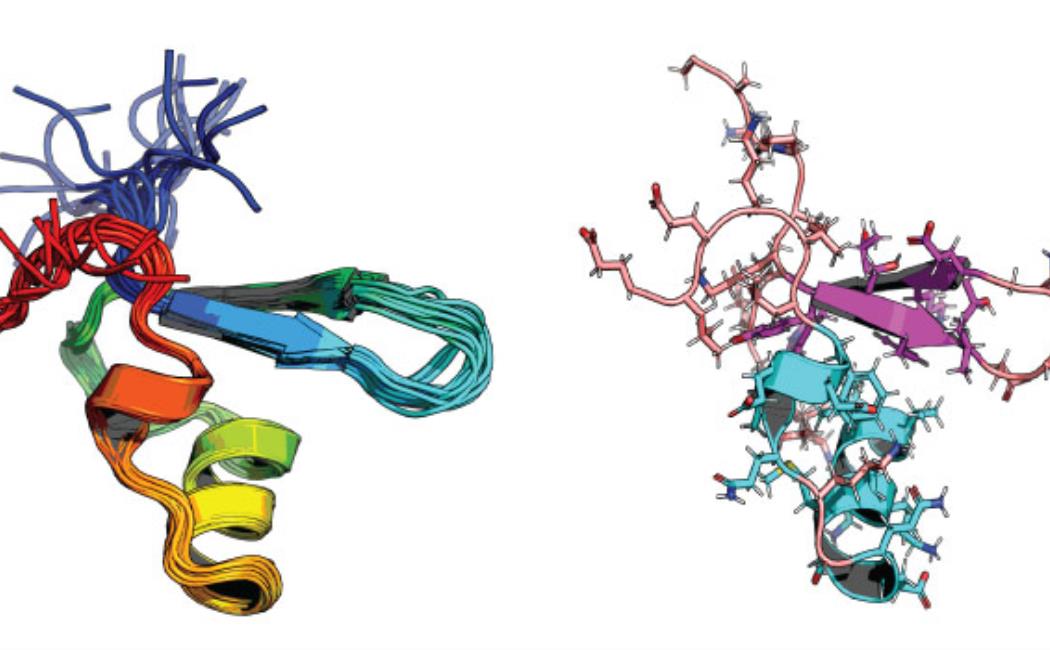
21 March, 2021
A combination of an array of atomic-level techniques has allowed researchers to show how changes in an environment-sensing protein enable bacteria to survive in different habitats, from the human gut to deep-sea hydrothermal vents.
“The study gives us unprecedented atomic-level insight into how bacteria adapt to changing conditions,” says Stefan Arold, professor of bioscience at KAUST. “To obtain these insights, we pushed the limits of three different methods of investigation and combined their results into a unified picture.”
“Although the sequences of these proteins are largely conserved, small targeted changes lead to big differences in how they behave,” says KAUST research scientist Umar Farook Shahul Hameed.